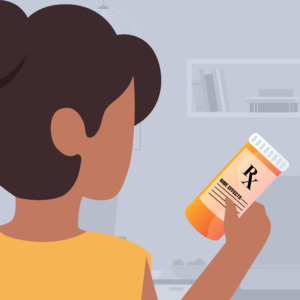If you require a prescription medication or medical device and experience an adverse event, the product may have a defect. The ConsumerNotice.org website reports that before prescription products sell, they must pass at least three trials on humans. The process determines if products meet safety requirements before they become available for use.
The results of research published by the Journal of the American Medical Association found that about one-third of doctor-prescribed products approved for release between 2001 and 2010 had unknown side effects. Some manufacturers had to correct their products’ issues or add warnings to their labels.
Warning labels on dangerous products and adverse events

Medical device and pharmaceutical companies must make note of all possible side effects. The companies must also continue monitoring their products for unidentified dangers when patients report them. By adding warning labels, manufacturers protect consumers by helping them learn about their products’ possible side effects.
The federal government may also ask some manufacturers to add a warning label to products with dangerous risks. As described on the Cleveland Clinic’s Health Essentials website, you may help avoid a product’s possible side effects by discussing a warning label with your doctor. Medical providers generally understand when to limit or change their prescribed treatments. If you continue to experience harmful side effects, a product may have unidentified defects.
Legal actions against manufacturers for unidentified side effects
In some cases, a manufacturer may have not provided enough of a warning to health care professionals so that they could reduce their patients’ risks of harm. A manufacturer has a duty of care to provide ample usage information to medical providers; failing to do so may result in physical injuries.
A medical product’s rare adverse event may result in a severe and harmful reaction. It may also require a legal action against a manufacturer to recover.

